An Abundance of Bunnies
An Abundance of Bunnies
I was amused to see that for several weeks the Cape Cod Cooperative Extension’s landscape message ended with four words: “An abundance of rabbits.” If you live on Cape Cod, truer words were never spoken. We all have bunnies – many of them – so in this blog we’re sharing the strategies for gardening peacefully with the cottontails.
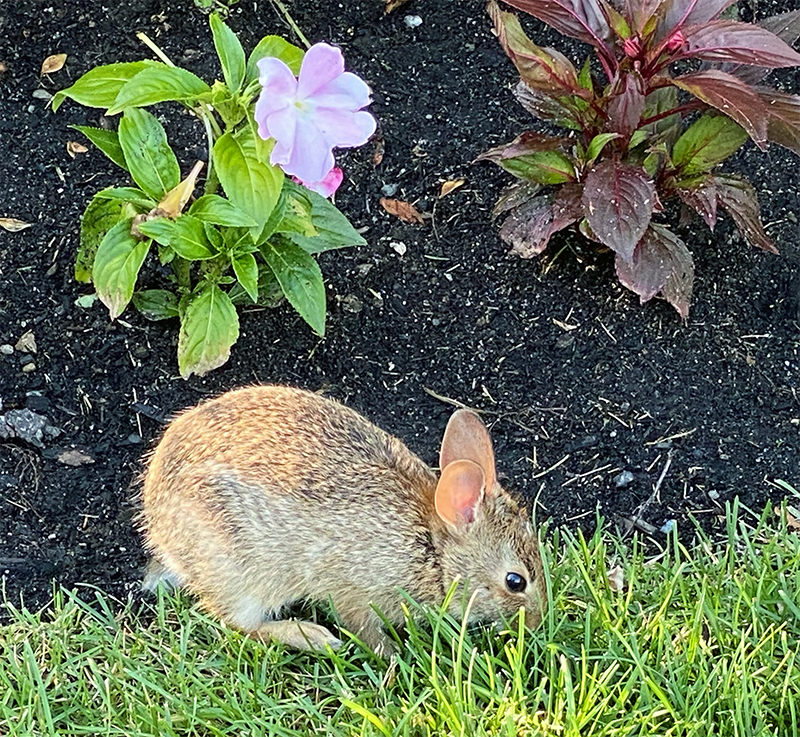
Animals are creatures of habit.
The first thing to know is that animals tend to repeatedly come to the same places to eat. So our goal is to make sure that the rabbits don’t get into the habit of feasting in our flowerbeds and vegetable gardens. If they can safely eat in the lawns and wild places, or nibble on the weeds growing in our driveways or patios, they will get into the routine of eating in those areas. Successfully “training” your bunnies requires immediate attention and planning, however. Here are ways to show the bun-buns that your flowers and produce are not on their menu.
Rabbit repellants.
For ornamental plants that you’re not going to eat, spraying with a rabbit repellant is most effective. Liquids that are sprayed right on the plants are more effective than granular. To be successful, spray any plants that the bunnies have shown a fondness for when they first come up in the spring. In most perennial gardens, for example, rabbits love Hosta and Echinacea, so spray those and any other plant that have gotten munched in the past.
Whenever you plant a new annual or perennial in your garden, spray it immediately with a repellant, even if it’s a plant that “rabbits aren’t supposed to like.” New plants are often fresh from a greenhouse or grower, and are more tender and delicious than what’s already in the garden. So you need to tell Thumper that this new plant is not for him, and spraying it with a repellant immediately is important. When I put something new in my flower gardens, I don’t go to bed that night until I’ve sprayed it with a repellant.
The longest lasting rabbit repellant is Plantskydd, which is blood based. Since rabbits are herbivores, and don’t eat animal products, repellants are made with egg, milk or blood. Those are the ingredients that make a repellant work with rabbits. Any other ingredients such as fragrant oils or garlic, aren’t what keeps the bunnies away. (Plantskydd is also very effective for repelling deer.) You don’t want to use these products on your edible plants, however.
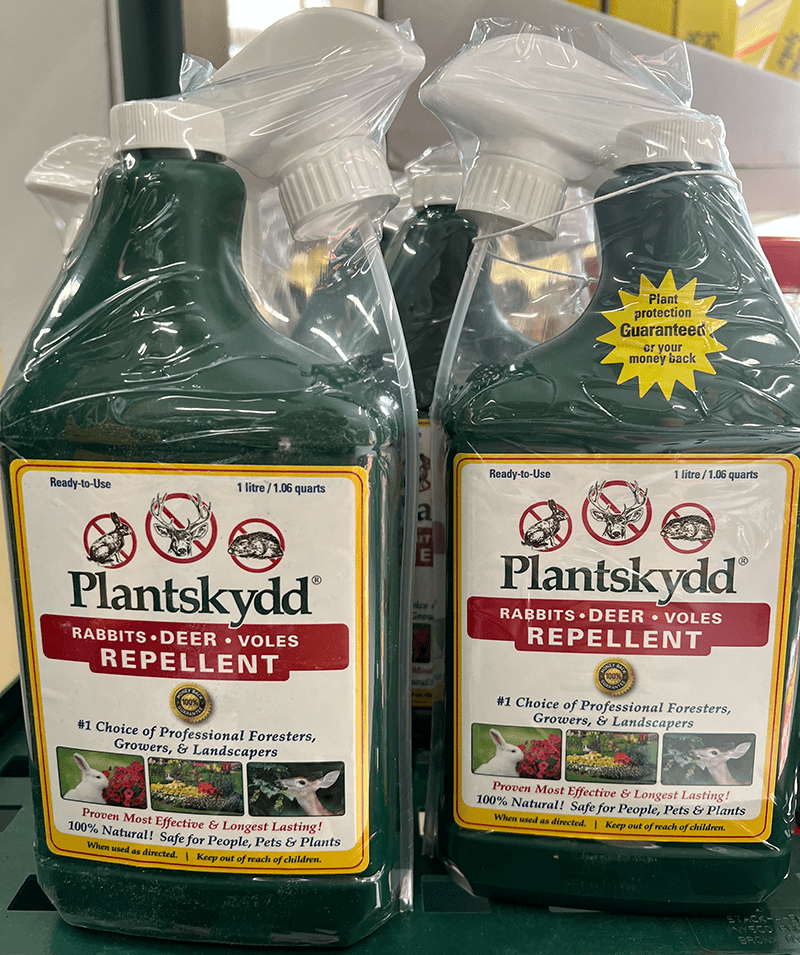
Protecting vegetables from rabbits.
Since you can’t use the blood/milk/egg based repellants on vegetable gardens, it’s best to use physical barriers for your edibles. For most people, this means a fence. For years I got away with putting the veggies that bunnies liked the best – my broccoli, kale, and green beans – in a special fenced area that we called “the bunny bin.” Lately, however, the rabbit population has grown so much that we’ve had to fence our entire garden.
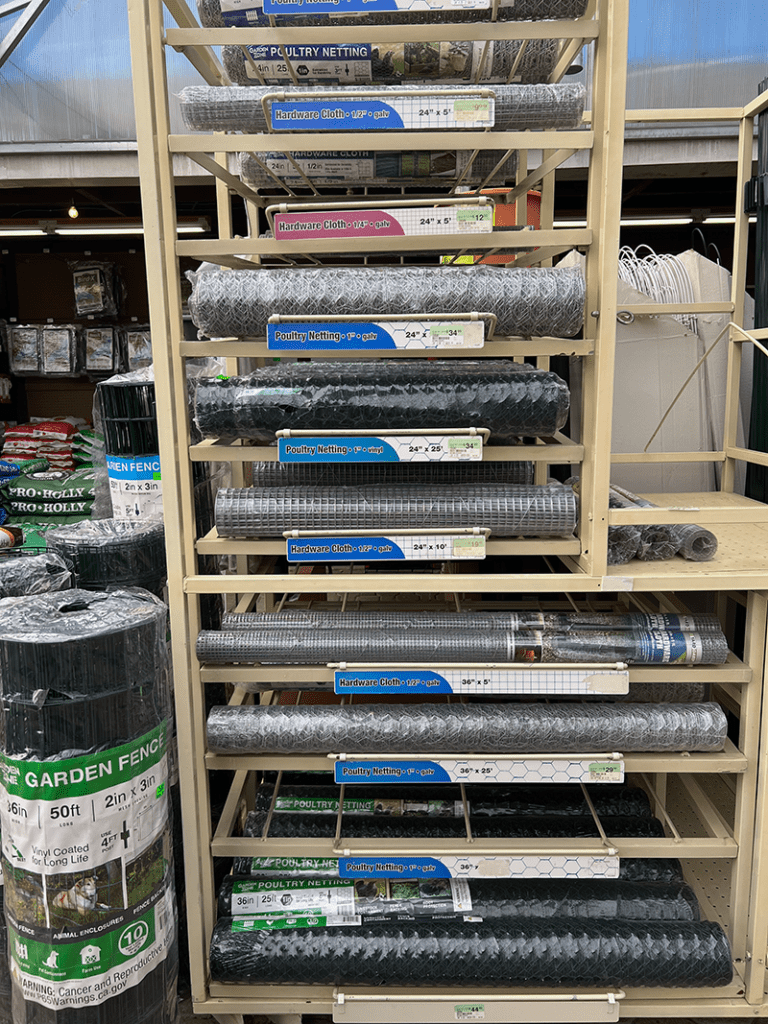
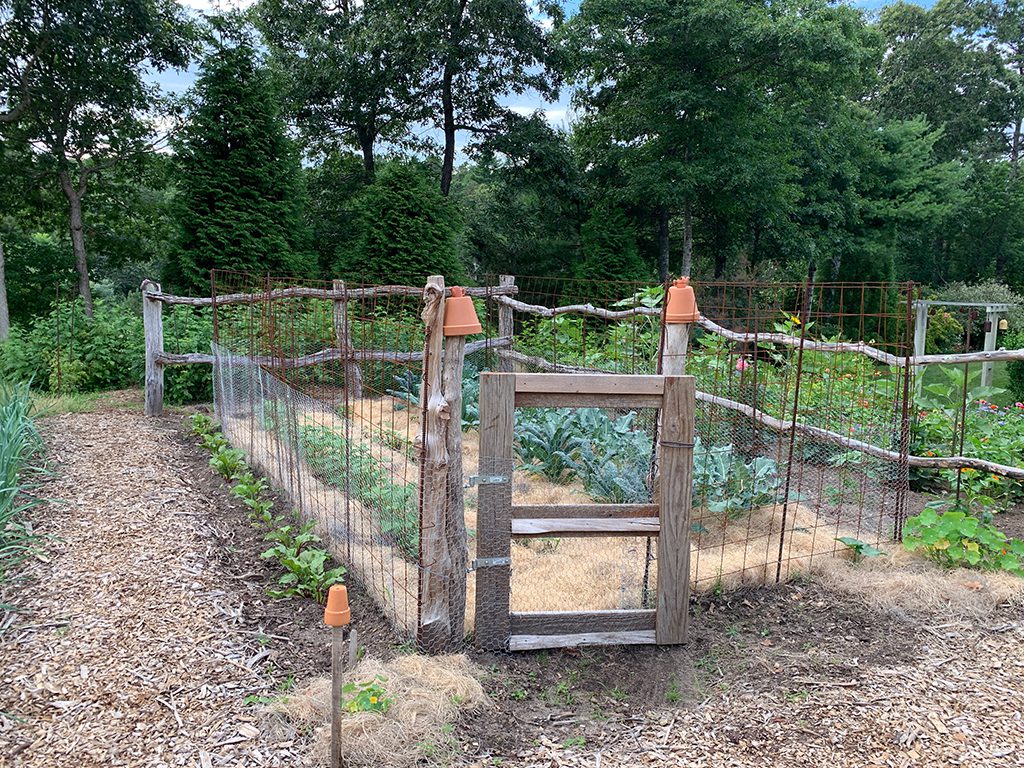
Vegetables that rabbits don’t eat.
It’s always chancy to list plants that bunnies don’t eat, because as soon you do some renegade rabbit will take a liking to it. That said, the cottontails don’t usually eat vegetables in the Solanum family: eggplants, peppers, tomatoes, potatoes and ground cherries. So if there is no way to fence part of your garden, plant these crops in the unfenced areas.
Grow plants up high.
When you raise plants high enough, the bunnies won’t be able to reach them. Grow things in raised beds, pots and boxes that are at least two and a half feet off the ground. You can put flower pots on top of other flower pots that are turned upside down, or on chairs, tables or birdbath stands. Use a silicon seal or other adhesive to hold heavy pots on smaller supports.
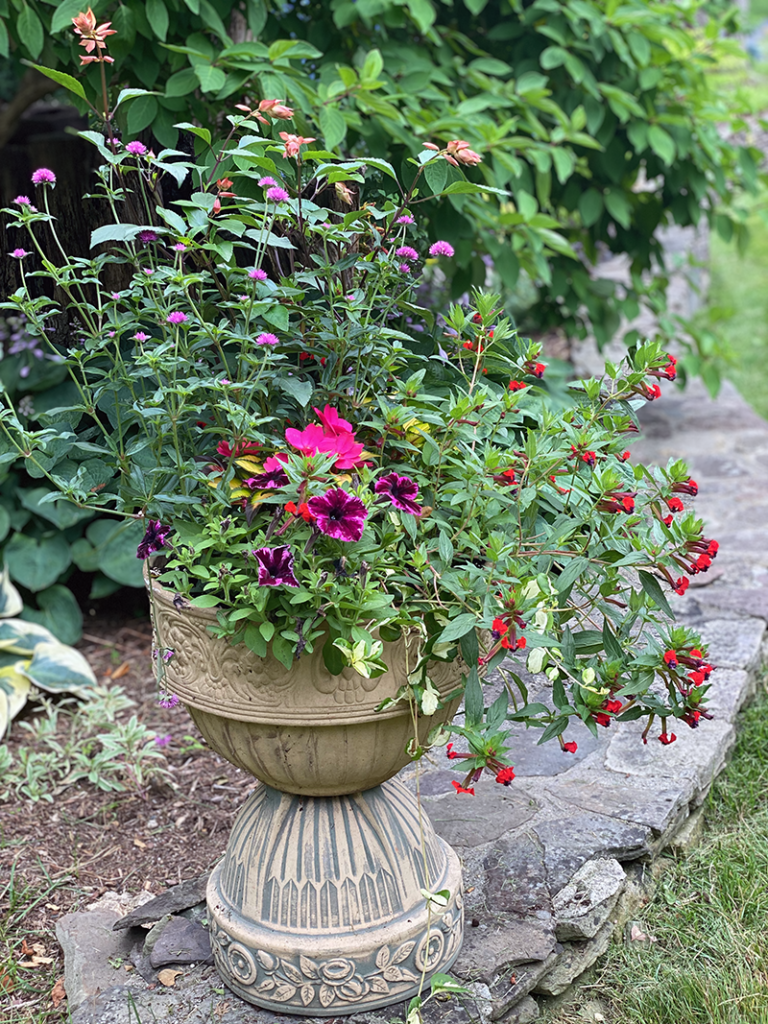
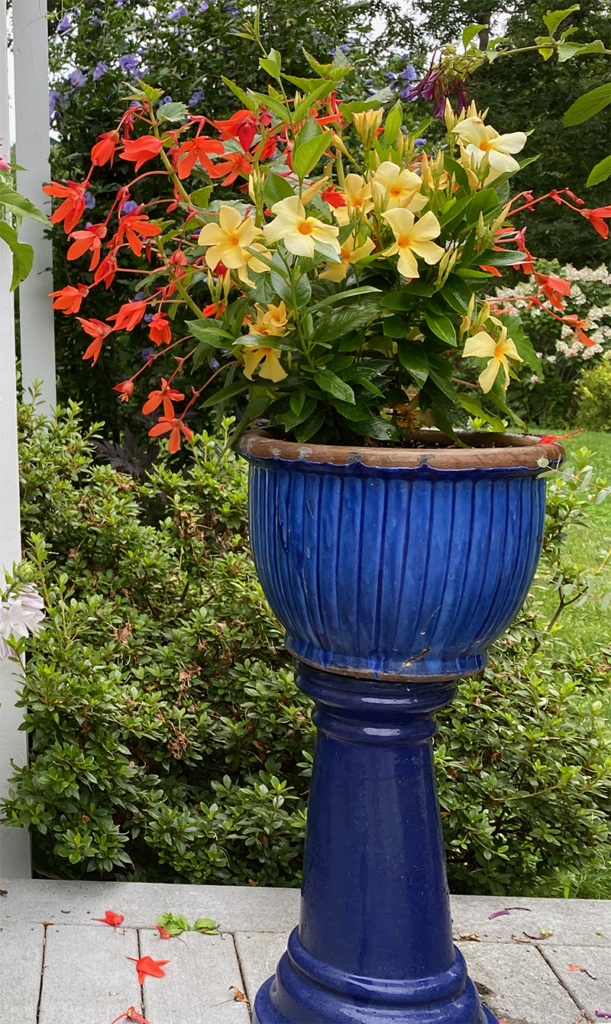
Perennials that rabbits don’t (usually) eat.
Try these perennials in your Cape Cod perennial garden: catmint (Nepeta), lambs ears (Stachys byzantina), lavender (Lavendula), Russian sage (Perovskia), hummingbird mint (Agastache), hardy Hibiscus, cranesbill Geranium, and butterfly weed (Asclepias tuberosa). Although bunnies will eat daylily foliage very early in the spring when not much else is up, they usually leave this plant (Hemerocallis) alone once there are other plants growing. Fortunately, bunnies don’t eat Cape Cod’s signature shrub, the blue hydrangea!
Plant clover in your lawn.
Many people find that adding white clover to the lawn keeps the rabbits happily eating those leaves so that they don’t feast in the flower gardens.
3 Comments
Leave a Comment
Subscribe To Our Newsletter
Sign up for our weekly email about sales and events.

thank you CL that was very helpful!
Our fenced garden will not keep out chipmunks that scale the fence and forage for some plants. Have you any suggestions?
Chipmunks are impossible to keep out unless you have a fence that is made of hardware cloth and is about 6 feet tall. I wish we had better news….